Navigating the Texas Flood Zone Map: Understanding Your Danger and Defending Your Property
Associated Articles: Navigating the Texas Flood Zone Map: Understanding Your Danger and Defending Your Property
Introduction
With nice pleasure, we’ll discover the intriguing matter associated to Navigating the Texas Flood Zone Map: Understanding Your Danger and Defending Your Property. Let’s weave attention-grabbing data and provide contemporary views to the readers.
Desk of Content material
Navigating the Texas Flood Zone Map: Understanding Your Danger and Defending Your Property

Texas, a state recognized for its sprawling landscapes and numerous climates, additionally faces a big problem: flooding. From the torrential rains of the Gulf Coast to the flash floods of the Hill Nation, the Lone Star State experiences a variety of flood occasions, making understanding the Texas flood zone map a vital step for householders, companies, and builders alike. This text delves into the complexities of the map, explaining its goal, the way it’s created, its limitations, and what you are able to do to mitigate your flood threat.
The Basis: FEMA’s Nationwide Flood Insurance coverage Program (NFIP)
The cornerstone of flood threat evaluation in Texas, and throughout the nation, is the Nationwide Flood Insurance coverage Program (NFIP). Administered by the Federal Emergency Administration Company (FEMA), the NFIP offers inexpensive flood insurance coverage to householders, renters, and companies in collaborating communities. To take part, communities should undertake and implement floodplain administration ordinances that meet minimal NFIP requirements. A key part of this participation is the creation and upkeep of Flood Insurance coverage Charge Maps (FIRMs).
Understanding the FIRMs: Deciphering the Texas Flood Zone Map
The FIRMs are the visible illustration of flood threat. They depict areas susceptible to flooding based mostly on varied elements, together with historic flood information, hydrological and hydraulic modeling, and topographic data. The map divides areas into totally different flood zones, every representing a unique degree of flood threat:
-
Zone A: These areas are thought of to have a 1% annual likelihood of flooding (or a 26% likelihood over 30 years). The exact flood depth is commonly unknown. That is also known as the "100-year floodplain."
-
Zone AE: Just like Zone A, however with a recognized base flood elevation (BFE). The BFE represents the peak to which floodwaters are anticipated to succeed in throughout a 100-year flood occasion. This data is essential for development and elevation necessities.
-
Zone AH: Areas with shallow flooding, usually lower than one to a few toes deep.
-
Zone AO: Areas with areas of shallow flooding the place flood depths should not but decided.
-
Zone X: Areas with minimal to average flood threat. These areas are usually exterior the 100-year floodplain. Nonetheless, it is very important word that even Zone X areas can expertise flooding from uncommon occasions.
-
Zone B: Areas of minimal flood hazard, usually situated in floodways or areas with a lesser likelihood of flooding than Zone A.
-
Zone C: Areas the place flood hazards should not but decided.
-
Zone D: Areas with an undetermined flood hazard. Because of this there may be not sufficient information to precisely assess the flood threat.
-
Zone V: Areas topic to high-velocity floodwaters, typically related to coastal areas. These areas are significantly weak to storm surge and wave motion.
-
Zone VE: Just like Zone V, however with a recognized BFE.
Past these major zones, FIRMs may present different options, reminiscent of floodways (channels or areas that commonly convey floodwaters), and Particular Flood Hazard Areas (SFHAs).
The Dynamic Nature of the Texas Flood Zone Map
The Texas flood zone map is just not static. It is commonly up to date as new information turns into obtainable. Elements that may result in map revisions embrace:
- Improved hydrological and hydraulic modeling: Advances in expertise permit for extra correct assessments of flood threat.
- New flood occasions: Vital flood occasions present useful information that may refine flood threat estimates.
- Adjustments in land use and improvement: Development and alterations to the panorama can affect flood patterns.
- Improved surveying and mapping strategies: Increased-resolution information results in a extra exact delineation of floodplains.
Subsequently, it is important to verify the most recent model of the FIRM in your property. Outdated maps can result in inaccurate threat assessments and insufficient flood safety measures.
Limitations of the Flood Zone Map
Whereas FIRMs are invaluable instruments, they’ve limitations:
- Probabilistic nature: The maps are based mostly on possibilities, not certainties. Flooding can and does happen exterior designated flood zones, significantly throughout distinctive rainfall occasions or as a consequence of unexpected circumstances.
- Knowledge limitations: In some areas, significantly in rural areas, information could also be restricted, resulting in much less exact delineations of floodplains.
- Adjustments over time: As talked about, the maps are up to date periodically, however they can’t predict future adjustments in flood threat as a consequence of local weather change or different unexpected elements.
Past the Map: Understanding Your Particular Flood Danger
The flood zone designation is only one piece of the puzzle. To totally perceive your flood threat, contemplate the next:
- Elevation: Your property’s elevation relative to the BFE is essential. Even inside a chosen flood zone, increased elevations might provide some degree of safety.
- Native topography: The encompassing panorama can affect flood patterns. Steep slopes can channel floodwaters, whereas low-lying areas are extra weak.
- Drainage methods: The adequacy of native drainage methods can have an effect on flood threat. Clogged or insufficient drainage can exacerbate flooding.
- Historic flood information: Assessment historic flood information in your particular space to grasp the frequency and severity of previous flood occasions.
Defending Your Property: Mitigation Methods
No matter your flood zone designation, taking steps to mitigate flood threat is crucial:
- Flood insurance coverage: Buying flood insurance coverage, even if you happen to’re not in a high-risk zone, is a vital step in defending your monetary funding. NFIP insurance policies present protection for constructing injury and contents.
- Elevation: Elevating your house and different buildings above the BFE can considerably scale back flood injury.
- Floodproofing: Floodproofing measures, reminiscent of waterproof partitions, elevated electrical methods, and sealed basements, might help shield your property from floodwaters.
- Landscaping: Correct landscaping might help handle stormwater runoff and scale back the chance of flooding in your property. This consists of creating rain gardens, utilizing permeable paving, and planting vegetation that absorbs water.
- Emergency preparedness: Develop a household emergency plan that features evacuation routes, communication methods, and important provides.
Conclusion:
The Texas flood zone map is a crucial device for understanding and mitigating flood threat. Whereas it offers useful data, it is important to grasp its limitations and take a complete method to flood safety. By combining an understanding of the map with different threat evaluation elements and proactive mitigation methods, Texans can considerably scale back the affect of flooding on their properties, companies, and communities. Recurrently checking for updates to the FIRM and staying knowledgeable about native flood threat are very important steps in safeguarding your property and making certain group resilience within the face of this ever-present risk.
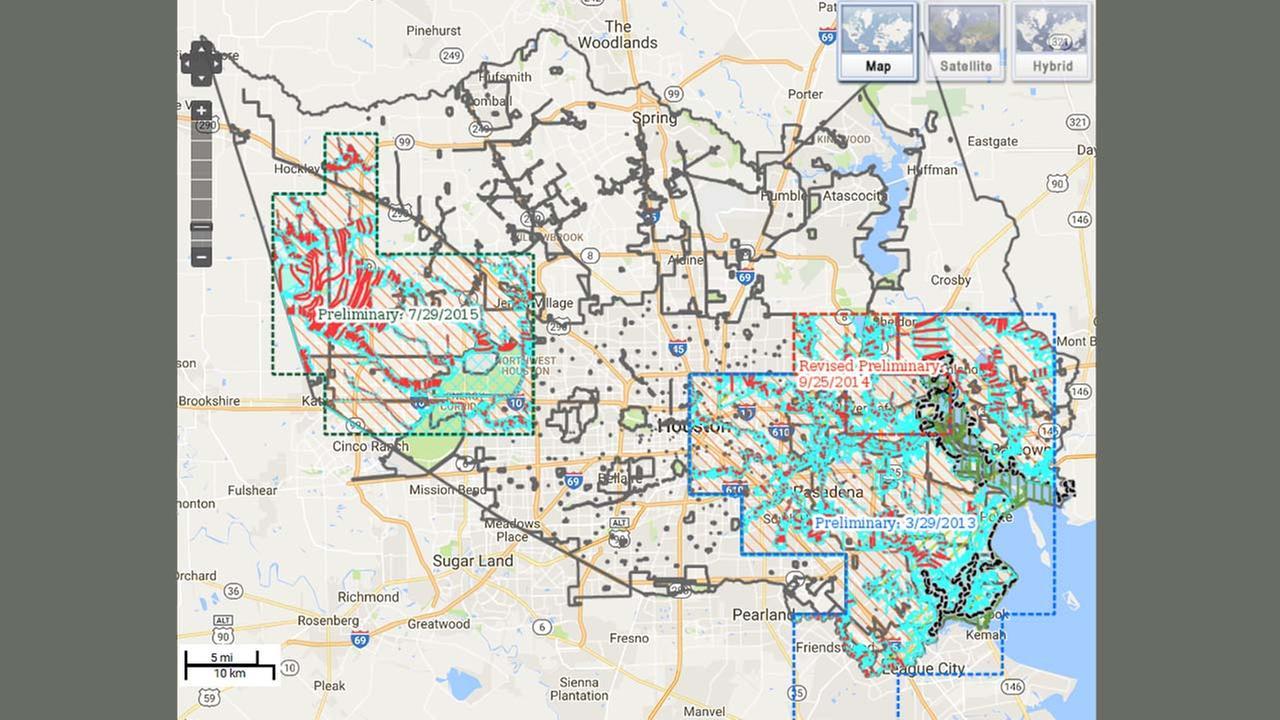


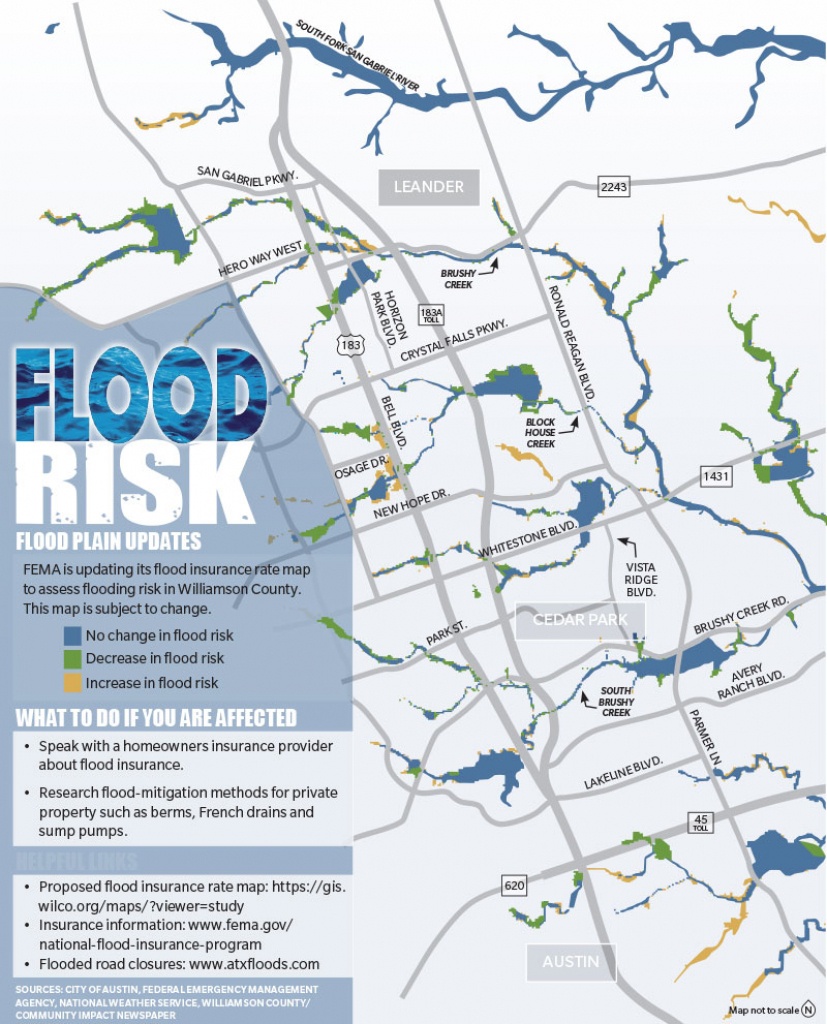
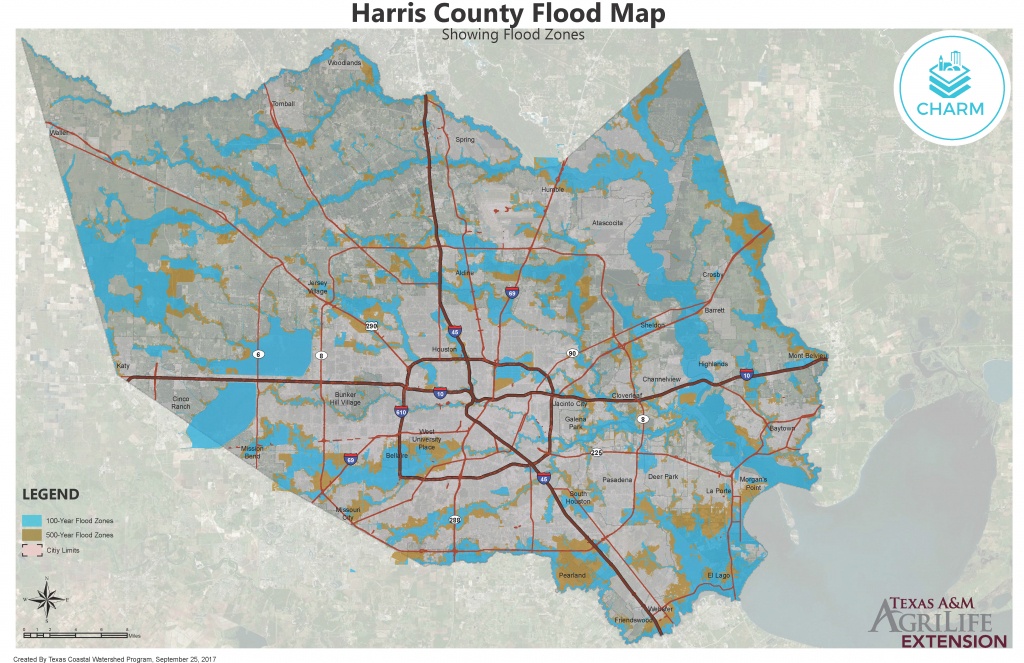

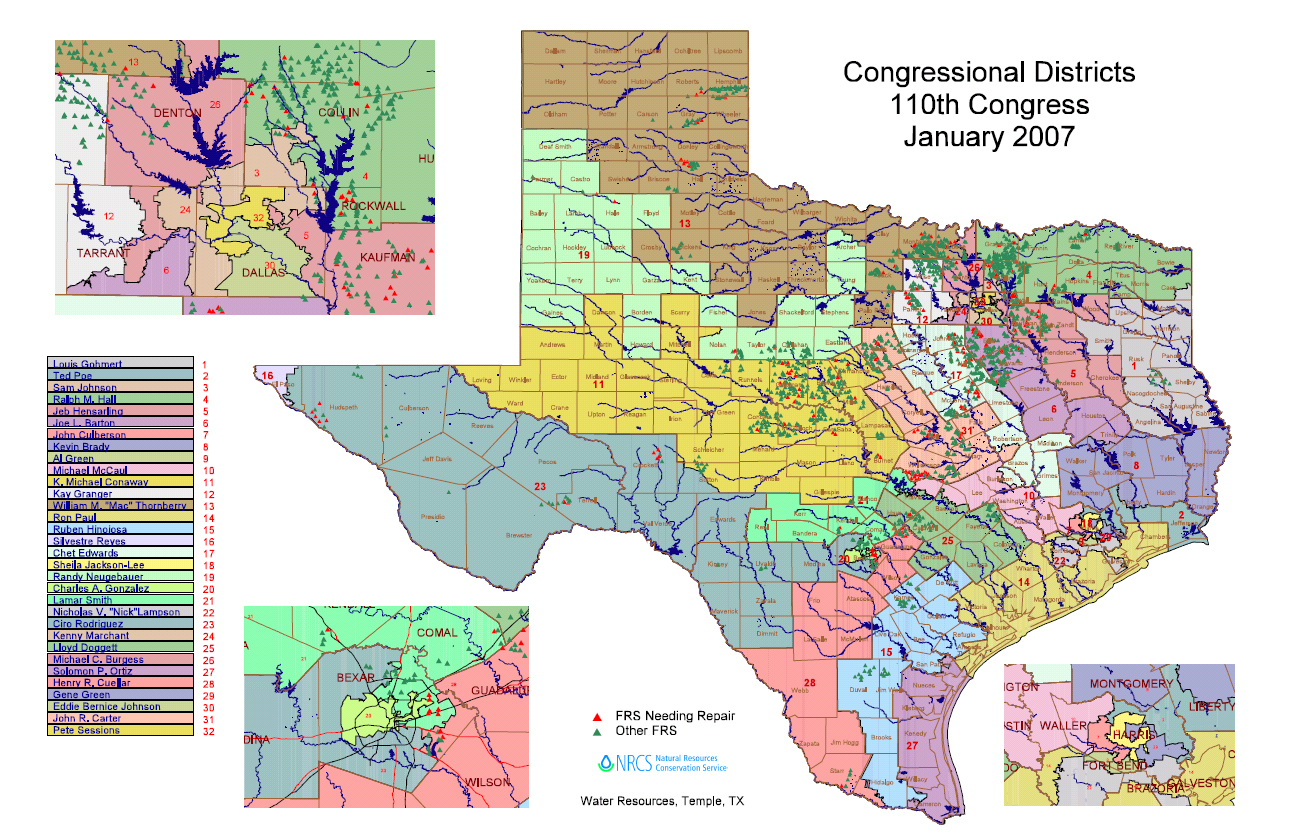
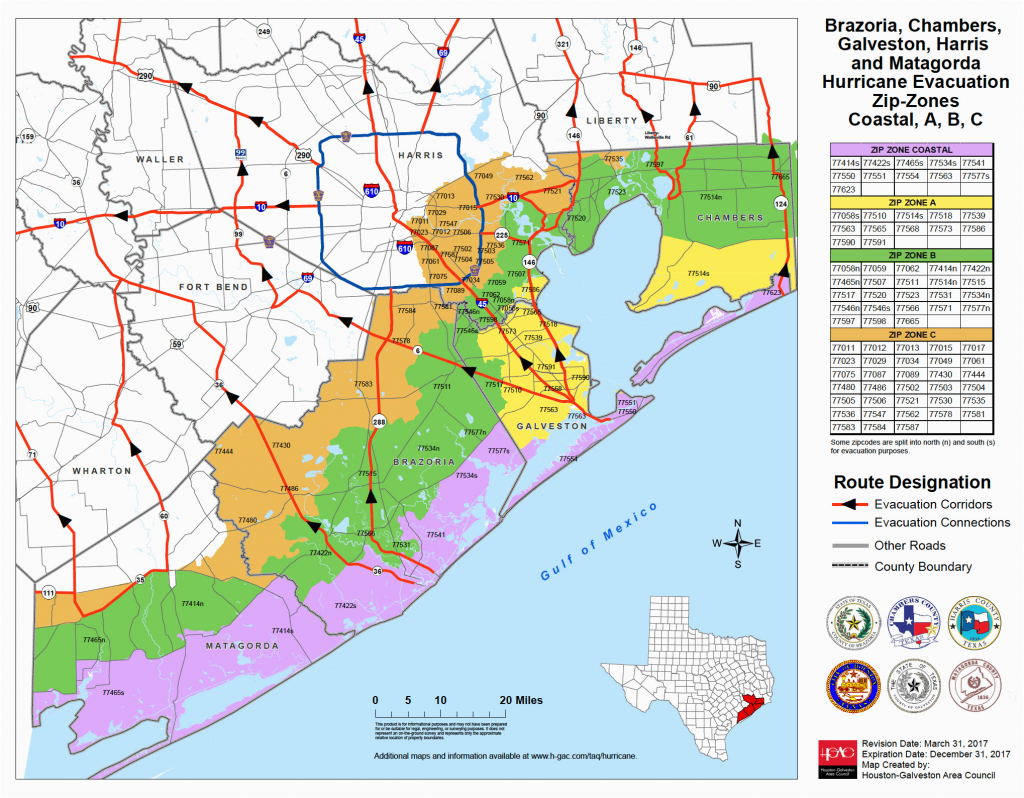
Closure
Thus, we hope this text has offered useful insights into Navigating the Texas Flood Zone Map: Understanding Your Danger and Defending Your Property. We hope you discover this text informative and useful. See you in our subsequent article!